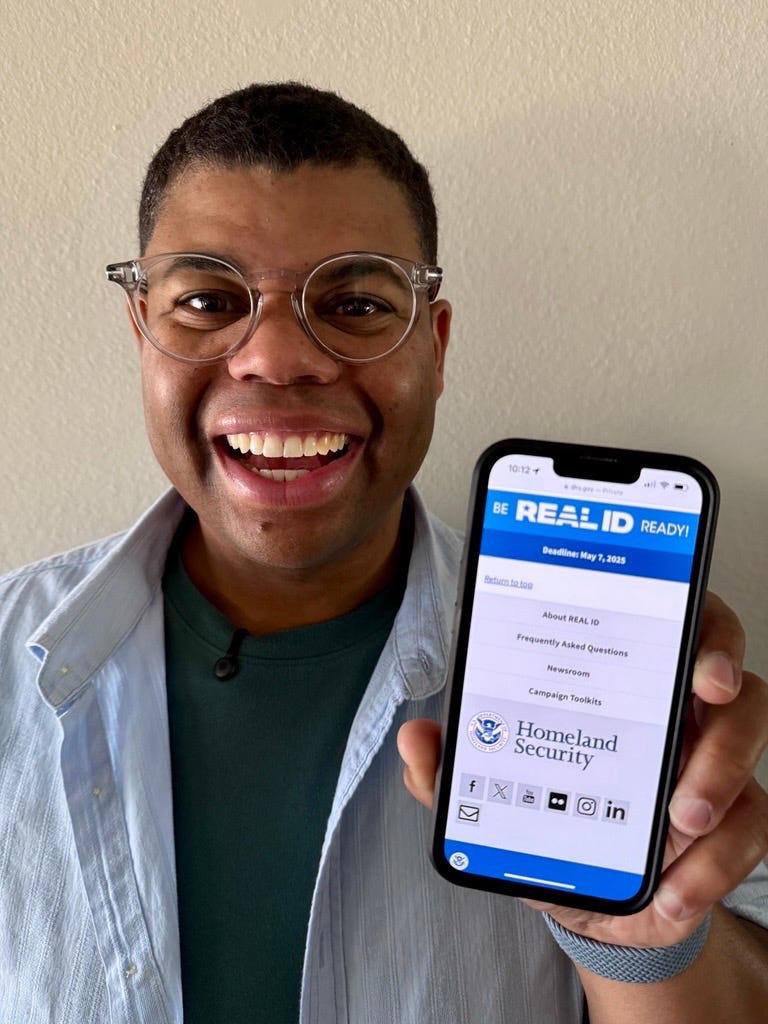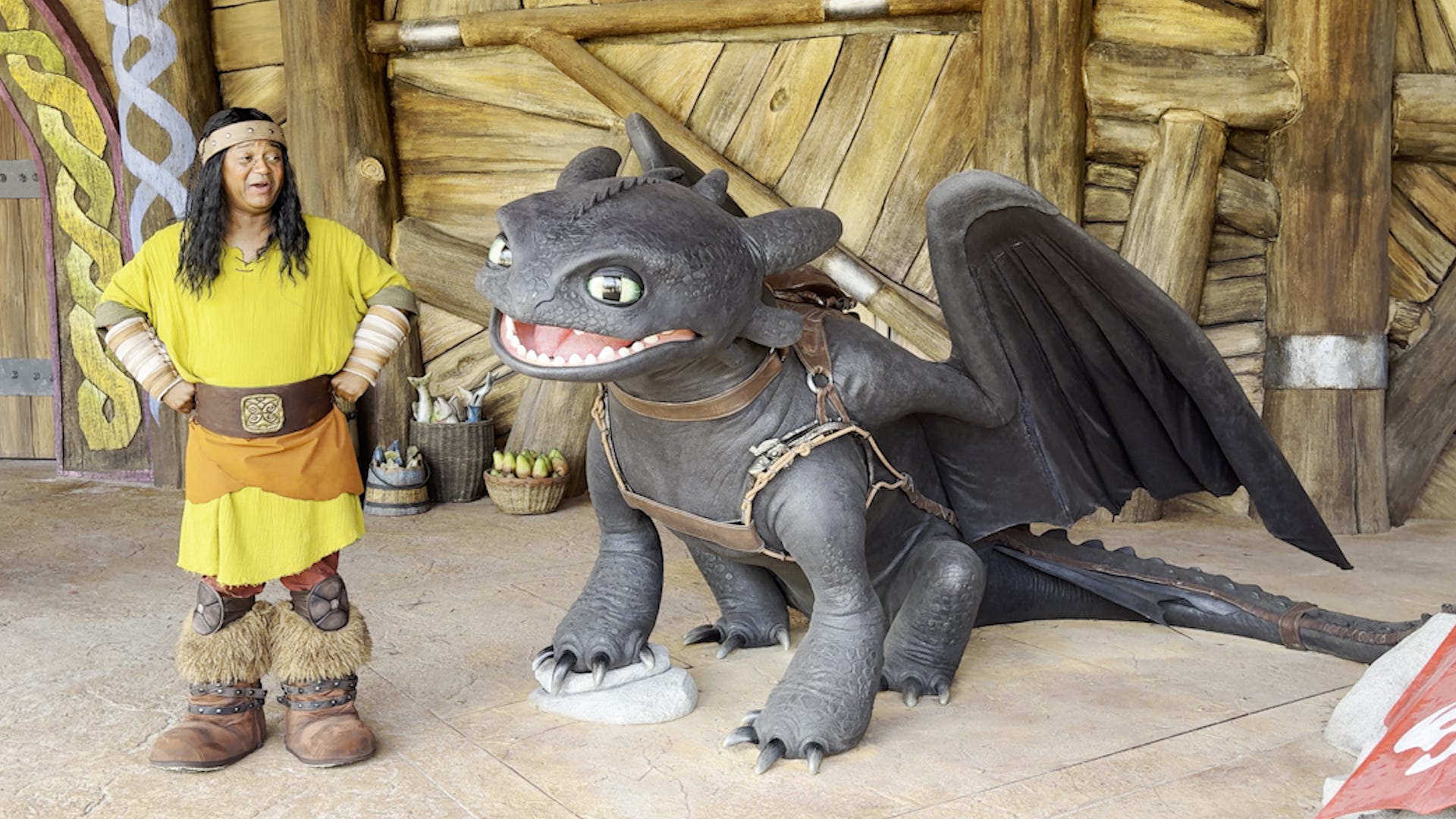The Pandemic Changed Travel Forever: How Air Travel, Cruises Are Different 5 Years Later
Nearly five years ago, a $2 trillion U.S. industry nearly came to a total standstill.
Amid the fallout of the COVID-19 pandemic, the health crisis hampered all manner of once-routine trips, from spring breaks to family vacations and business travel.
Cruise ships became the early sites of high-profile outbreaks, including Princess Cruises’ Diamond Princess, which was quarantined off Yokohama, Japan, in February 2020. The following month, the Centers for Disease Control and Prevention issued a temporary no-sail order.
In late January 2020, then-President Donald Trump signed a proclamation that essentially banned commercial international travel. Airlines were heavily affected, and the cruise industry shut down for over a year before cruises resumed in June 2021.
Many major air carriers reduced capacity by 90% or more, operating skeleton schedules with pared-down workforces. At the height of the anti-COVID measures, many carriers were blocking adjacent seats to help with social distancing for those who still needed to travel.
Like land-based businesses, cruise lines have dropped the strict rules they implemented during the pandemic.
“The big restrictions were, you had to have proof of vaccination, you had to wear a mask, and those are all in the rearview mirror here,” Patrick Scholes, a lodging and leisure analyst with Truist Securities, said.
The CDC ended its COVID-19 Program for Cruise Ships in mid-2022. The health agency does not currently have any COVID-related requirements for cruises, though it does request that ships report cases.
“In July 2022, CDC determined that the cruise industry had access to the necessary tools (e.g., cruise-specific recommendations and guidance, vaccinations, testing instruments, treatment modalities, and non-pharmaceutical interventions) to prevent and mitigate COVID-19 onboard,” a CDC spokesperson told USA TODAY in an emailed statement.
The CDC provided COVID-19 guidance to cruise ship operators to promote safer conditions for passengers, crew, and the communities they visit. Similar to other travel recommendations, these guidelines aimed to support health and safety measures while leaving it up to travelers to assess their own risks when deciding to take a cruise.
However, some changes have become the new norm. Cruise lines developed virtual muster drills to accommodate social distancing, and most have retained that format, according to Adam Duckworth, president and founder of Travelmation. Those now involve watching safety videos and visiting your muster station, a designated meeting point for guests and crew in case of emergency.
“It's one of those things that every time I got on a cruise, I dreaded having to go to the cattle call of the muster drill,” he said. “And now you're required by law to watch the video and then go check in at your muster station individually, but it's no longer the all-call that it once was.”
He has also noticed more touch-free technology like automatic doors – particularly on newer ships – though it’s unclear how much of that was prompted by the pandemic. Duckworth has also noted an increase in hand sanitizer stations.
“I feel like there are a lot more sanitizing opportunities than there were pre-COVID,” he said. “Maybe I'm just noticing them more because I'm hyper-aware.”
Joanna Kuther, a New York City-based travel agent and owner of Port Side Travel Consultants, took her first post-COVID cruise around Labor Day in 2021. For the first year or so, she noticed slower service in main dining rooms amid staff shortages as the industry ramped back up – there were also fewer passengers sailing – but said the overall feeling was one of excitement.
“We were just grateful to be back at sea, so we kind of were going with the flow,” she said. She appreciated the strict protocols, including mandatory masking in many onboard spaces. Kuther managed to avoid contracting COVID while sailing, though cruise ships continued to report outbreaks.
Kuther said cruising now feels much like it did before the pandemic, though she has noticed small changes like a decrease in self-service stations at the buffet. A number of cruise lines modified buffet operations in the wake of the pandemic.
The new post-COVID mood has persisted, too. “People are just excited to be there, and the crew is excited to be there, the passengers,” she said. “There's still that feeling of what was lost, especially for avid cruisers. (They’re) so happy to have it back now.”
The cruise industry's comeback wasn’t a given. Scholes characterized the economic impact on the industry as “horrific.”
“I mean, these companies, you know, bankruptcy wasn't completely out of the question,” Scholes said. While the post-pandemic bounce amid pent-up travel appetite “has pretty much happened at this point,” according to Scholes, demand for cruises remains strong.
Gross bookings for 2022 increased by 545% compared to 2021, according to Phocuswright’s U.S. Cruise Market Report 2023-2027, published in May.
Story continues below.
“But projections for 2023 were more modest, with many in the industry expecting 90% growth over 2022,” the report said. “That projection was exceeded by more than 30 percentage points, as gross bookings soared 122% to reach $24.7 billion. The impressive performance in 2023 enabled the market to surpass 2019 bookings, setting a new benchmark going forward.”
No public cruise companies filed for bankruptcy in the wake of the pandemic, though smaller lines like American Queen Voyages, Crystal Cruises and others shuttered. Crystal has since relaunched under new ownership.
In 2025, 37.1 million oceangoing cruise passengers are expected to set sail, up from an estimated 34.7 last year, according to the State of the Cruise Industry Report from Cruise Lines International Association. That’s also a significant increase from 29.7 million in 2019.
“I feel like the cruise lines have really worked their tails off to get everything to where it needs to be so folks are comfortable sailing again,” Duckworth added.
Kuther believes "people are just traveling more in general" due to COVID. "I think people are not waiting anymore to go take that trip," she said. CLIA did not share a comment by publishing time.
With a ban on international travel – which lasted over 600 days – most commercial air travel was domestic. Countries closed their borders and some states were restricting movement.
As a result, airlines saw a sharp decline in demand. In 2019, U.S. airlines operated about 9.5 million flights. That number dropped to about 5.6 million in 2020 and mostly recovered to 7.3 million in 2021. In 2023, U.S. airlines operated about 8.6 million flights, but passenger numbers were higher than ever, according to the Bureau of Transportation Statistics. They're on track to break that record in 2024 once all the data becomes available.
The aviation industry was able to stay afloat through the pandemic largely thanks to a $50 billion bailout from the federal government, which imposed restrictions on stock buybacks until the debt was repaid.
Meanwhile, airlines tried to reassure passengers with heightened safety and sanitizing measures, including blocked middle seats, stepped-up cleanings between flights, and inflight service with fewer person-to-person interactions.
Many airlines also suspended or scaled back inflight meal and alcohol service during the pandemic. While inflight service has largely returned to pre-pandemic norms in the last few years, airlines took a while to recover their workforces, and crew shortages were an issue for flight schedules as recently as summer 2022.
Jeff Williams, who works in the broadcast equipment industry, said he had to continue traveling for work throughout the pandemic and took around 20 flights between 2020 and 2021. He said it was eerie initially to see airports so empty, but he quickly came to appreciate the extra space.
"The first trip was extremely depressing," he said. "I remember walking into the Philadelphia terminal and just seeing everything closed ... you literally saw nobody."
But it wasn't all doom and gloom for Williams.
"Everything ran on time," he said. "The people who were flying were regular flyers who were’t going to mouth off to anybody, they weren’t going to talk back to anybody."
In the early days, Williams said, even mask enforcement was a non-issue.
Since most COVID restrictions have lifted, the airlines have seen a more or less full recovery.
"Commercial air travel in the United States has not only rebounded from historic lows during the COVID-19 pandemic, but it has soared to record levels. This past year, the Transportation Security Administration (TSA) had 17 of the 20 busiest days in its history, with more than 3 million passengers screened on December 1, 2024 – the highest ever recorded," Airlines for America, an industry trade group, said in a statement.
The organization said passengers have been spending more on leisure trips, and airlines have repeatedly touted higher levels of leisure bookings in premium cabins since the pandemic. Airlines have been clear, however, that business travel has yet to fully recover. It's possible that work-from-home practices and other changes in the business world are just the new normal for corporate travel.
International travel saw a particular boom as borders reopened, but demand for various destinations appears to be reaching an equilibrium now.
However, some changes, such as more intense cleaning and fewer touch pointsat airports, seem to be here to stay.
"During the pandemic, customers came to expect a more touch-free travel experience (originally for health and safety, but now it leads to a smoother travel experience). To accommodate this preference, last year U.S. passenger airlines spent $7.4 billion on information technology, up from the $6.3 billion spent in 2019," Airlines for America said.
Airlines have invested in technology to improve operations and enhance self-service options for passengers. Airlines for America said these upgrades make it easier to book flights, access real-time flight updates, navigate airports, track baggage, redeem rewards, make onboard purchases, and enjoy in-flight entertainment through mobile apps.
Still, Williams said he doesn't think airlines are quite as thorough in their cleaning as they were a few years ago, and he misses the extra space that came with blocked middle seats. "There was a lot more space for it, and that brought a lot of comfort."


